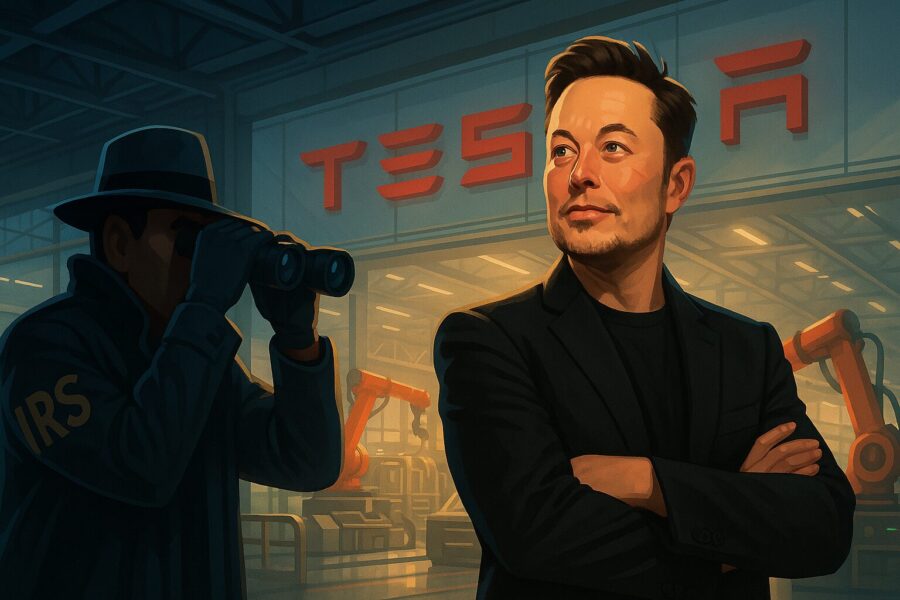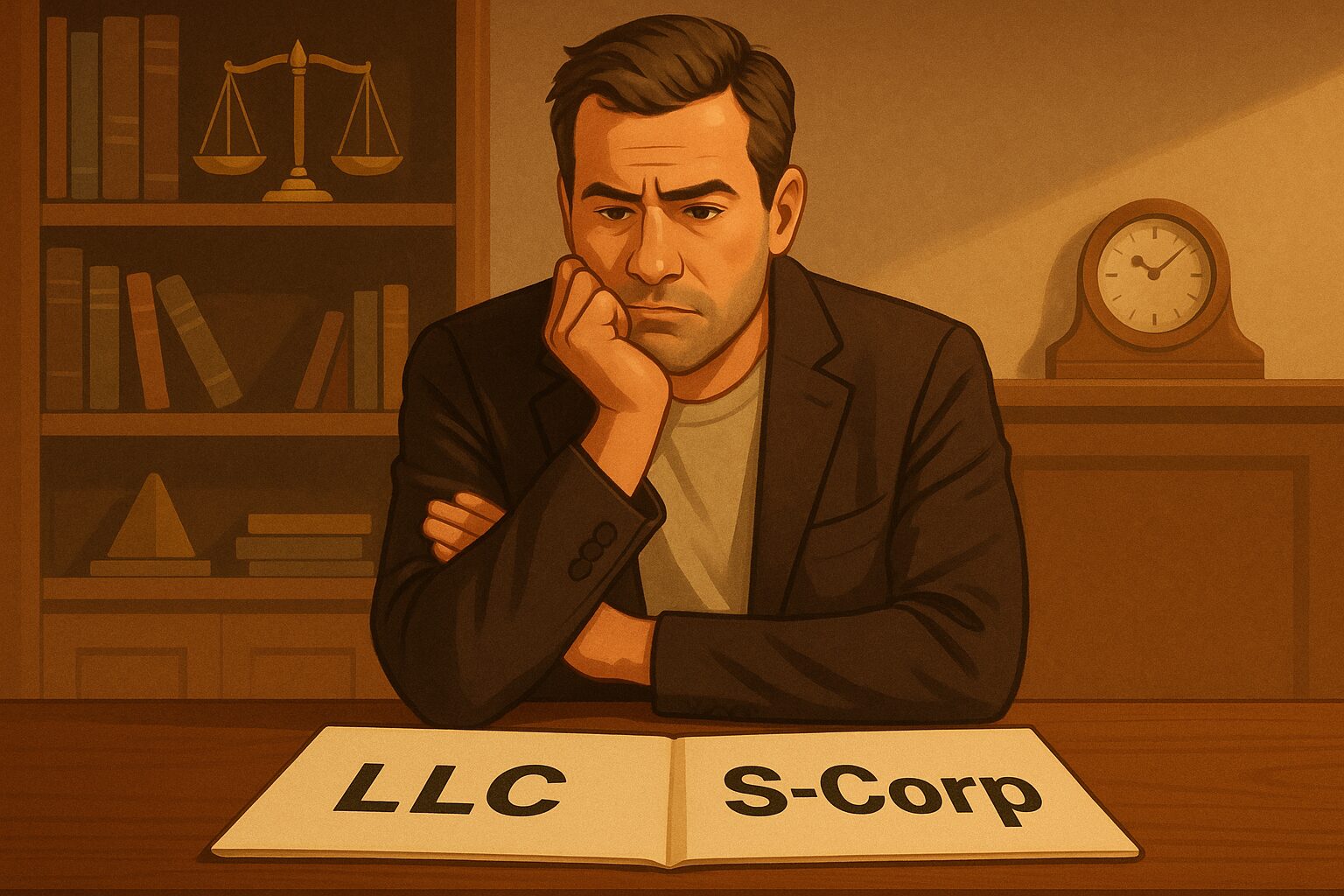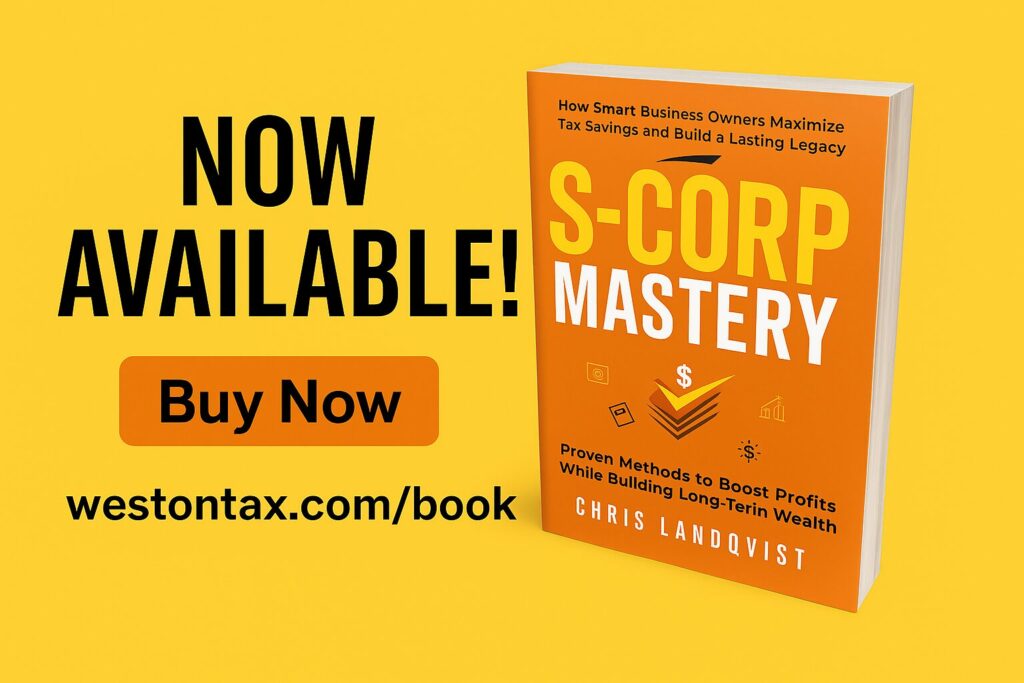We’re launching a 3-part series that unpacks how three very different companies managed to legally pay nothing (read: zero) in federal income tax in 2024. Different industries, different structures — but the same result: no check to Uncle Sam.
This series is meant for business owners like you… those building something real and wondering if the tax code is stacked against them.
Spoiler: It’s not. You just need to know how to use it.
Today, we start with Tesla. High-profile, high-revenue, and surprisingly low tax burden. In fact, despite reporting billions in U.S. profits in 2024, Tesla paid virtually nothing in federal income taxes.
That may sound unfair. Until you understand why. Because the truth is, they didn’t break the rules. They played by them… exceptionally well. And more importantly? So can you.
Let’s break it down.
Three Years Of Profit — But No Taxes!
Tesla isn’t a struggling startup anymore. They’re not hiding losses or operating in the red. If you look at their financials , it’s in fact quite the opposite. Before we go any further, we also have to be very open and honest about one thing: even though Tesla might not be paying any Federal Income Taxes… it’s worth noting that Tesla isn’t shirking its responsibility to the economy — it’s actively fueling it.
The company employs over 100,000 people, each of whom pays income taxes and contributes to the economy in their own right. Their massive factory builds stimulate entire local markets, boosting demand for raw materials, construction labor, and regional infrastructure.
Tesla regularly pours hundreds of millions into equipment and innovation, supporting vendors, manufacturers, and logistics providers across the U.S. and the rest of the world. And by creating cutting-edge electric vehicles, solar technology, and battery systems, they not only push the boundaries of R&D but also help reduce carbon emissions.
In other words, Tesla invests heavily into the system they are also expertly navigating. Now, whether you agree or not, let’s move forward.
Between 2022 and 2024, Tesla earned over $10.8 billion in U.S. income. That’s quite substantial money if you ask me. And yet, they paid less than $48 million in federal income tax. That’s an effective tax rate of less than half of a percent. Practically laughable to most people. To make this worse, this is over a three year time span. Yikes!
In 2022, they paid nothing. In 2023, just 1.5%. And in 2024, once again: zero. These aren’t accounting errors or loopholes. Tesla’s tax team simply knows how to apply the rules. If one of the most innovative companies in the world is doing all of this tax-planning (and likely spending a lot of their resources doing so), shouldn’t you be doing the same… hint, hint?
In this article, we’re going to break down how they did it — and how business owners like you can too.
The Power of Past Losses: Net Operating Loss Carry-Forwards (NOLs)
Tesla didn’t start as a profitable company. For years, they lost money… and lots of it. From 2008 through the mid-2010s, Tesla racked up billions in operating losses while investing in technology, infrastructure, and market share. Those early losses, though painful at the time, created something incredibly valuable: Net Operating Losses.
The IRS allows companies to carry forward these losses to offset future profits. In Tesla’s case, this means that when they started turning a profit, they had a massive stack of NOLs waiting to absorb those gains… effectively erasing taxable income on paper.
Now, here’s where this gets interesting for you. If your business had a rough year (or several) those losses aren’t wasted. They are stored value. Say you lost $100,000 in 2021 and profited $250,000 in 2024. With proper planning, you may only owe taxes on $150,000. That’s real savings.
You don’t have to be a tech giant to use this strategy. You just have to keep clean books, file correctly, and understand how those losses can work for you in the future. A smart tax strategist can help ensure your past pain becomes future gain.
Pro Tax Tip: It’s worth noting here that Tesla is a publicly traded company structured as a C-Corporation. Because of this, it operates under a different set of tax rules compared to smaller LLCs or S-Corps. While many of the strategies they use are available to smaller businesses, the way those strategies are applied (and the limitations involved) can vary depending on your entity type. It’s a critical distinction to keep in mind when building your own tax plan.
Big Purchases = Big Write-Offs: Accelerated Depreciation
Tesla build their “gigafactories” like most people build IKEA bookshelves. Each factory is filled with equipment, robotics, servers, solar installations — you name it. And the IRS lets them write off most of it up front using accelerated depreciation.
Under the current tax law (thanks to the new bill signed by President Trump in 2025) 100% bonus depreciation is back and extended through 2030. That means businesses can deduct the full cost of qualifying equipment the year it’s placed into service. More about this next week — now that’s a massive cliffhanger.
So, when Tesla spends $1 billion on a new production line, they’re not waiting 10 or 20 years to claim deductions. They’re taking the full write-off in year one, dramatically reducing their reported profits and, as a result, their taxable income.
This isn’t just a tax trick. It’s a tool. Used correctly, depreciation lets you build the business while reducing what you owe. Used poorly, or not at all, it leaves money on the table.
Free Money, Real Credits: How Tesla Monetizes Green Incentives
Tesla makes electric cars, solar roofs, and battery storage units. That’s great for the environment — but even better for their bottom-line when used as a tax strategy.
Because of their role in reducing carbon emissions, Tesla qualifies for a variety of federal and state tax credits. These include electric vehicle credits, zero-emission credits, and renewable energy incentives tied to their infrastructure and production lines.
But Tesla doesn’t stop there. The company also sells unused credits to companies with heavier emission footprints — think oil companies, airlines, and legacy automakers. In 2024, Tesla made nearly $3 billion from selling environmental credits. That’s real cash, not just write-offs.
And again, this isn’t just a big-business opportunity. If your business installs solar panels, improves building energy efficiency, purchases electric delivery vehicles, or engages in green R&D, you may qualify for:
- The Section 179D deduction for energy-efficient commercial buildings
- The Investment Tax Credit (ITC) for renewable installations
- R&D credits for technical innovation
- State and local green incentives
It’s not uncommon for small and mid-size companies to receive tens of thousands of dollars in credits — sometimes more. And most of them are missing out simply because they never asked the right questions or didn’t know these programs existed.
Tesla simply does not leave that kind of money on the table.
Pro Tax Tip: Due to shifting priorities under the current administration, I am not recommending new investments based solely on “green” tax credits or renewable energy incentives at this time. While these incentives were a cornerstone of recent tax planning strategies, the political narrative has clearly shifted — and there’s a growing likelihood these programs will be scaled back or phased out entirely in the near future. Although they may return in some form down the line, we advise pressing pause and avoiding reliance on uncertain credits when structuring your investments. Solid strategy is built on firm ground — and trust me, the ground is filled with quicksand right now.
Strategic Compensation: Stock Options and Performance-Based Deductions
Tesla’s innovation doesn’t stop at engineering and technology. It extends to how they structure executive compensation. Elon Musk’s pay package isn’t built on salary or bonuses. Instead, it’s tied entirely to specific growth milestones, with payouts delivered in the form of stock options only if those goals are met.
This approach does two things at once: it drives performance by aligning leadership incentives with company success — and it lowers Tesla’s taxable income by allowing the company to deduct the projected value of those stock options as a business expense.
When a company issues stock options, it can often deduct the estimated value of those options in the year they’re granted, even though no cash leaves the business. Tesla can forecast future payouts and book a present-year deduction, which lowers their current taxable income.
If the options eventually pay out, they’ve already taken the hit. If they don’t, the company adjusts accordingly. Either way, Tesla benefits from a paper expense with real tax impact.
Here’s where this matters for you.
If you want to retain key employees, reward performance, or bring on partners without draining cash, you can explore stock options, restricted shares, or phantom equity. Structured properly, these plans can deliver tax-deductible compensation today with long-term upside for the recipient. And if your growth depends on your team, this strategy aligns their success with yours.
Small businesses often overlook this tactic because it sounds “too corporate.” But it’s not. It’s smart, scalable, and entirely accessible.
The Takeaway: Tesla Isn’t Cheating — They’re Just Playing the Game Better
Tesla didn’t pay zero in federal income tax in 2024 by magic. They combined decades-old IRS provisions with smart planning. They used losses to reduce taxable income. They used depreciation to deduct big investments. They monetized credits other companies ignored. And they structured compensation to align incentives and shrink their tax liability.
The difference between Tesla and the average business owner? They have a tax strategy — and they actually use it.
But here’s the part most people miss: these strategies are legal, available, and already written into the tax code. You don’t need billions in revenue to apply them. You just need a plan.
If your business had past losses, made big purchases, is considering a growth expansion, or is building out your team — this playbook applies to you.
For now, ask yourself: Am I being taxed like Tesla? Or am I missing the playbook entirely?
Welcome to the New Age of Accounting. Let’s begin.

Chris is the Managing Partner at Weston Tax Associates, a best-selling author, and a renowned tax strategist. With over 20 years of expertise in tax and corporate finance, he simplifies complex tax concepts into actionable strategies that drive business growth. Originally from Sweden, he now lives in Florida with his wife and two sons.










